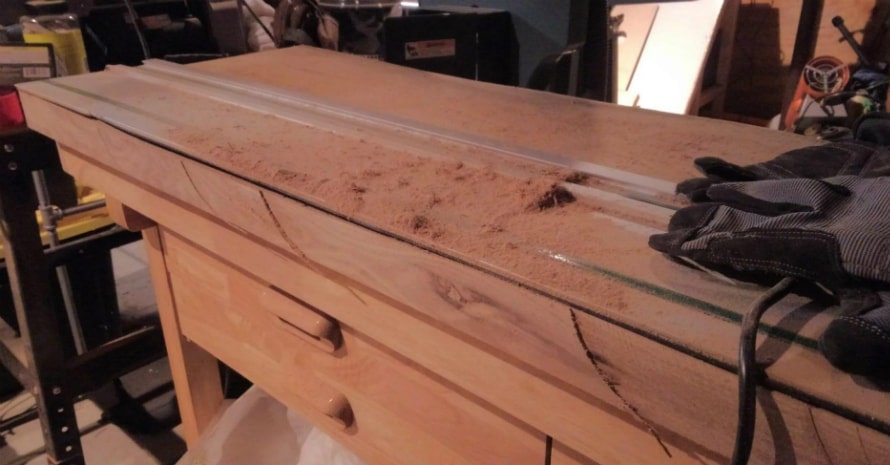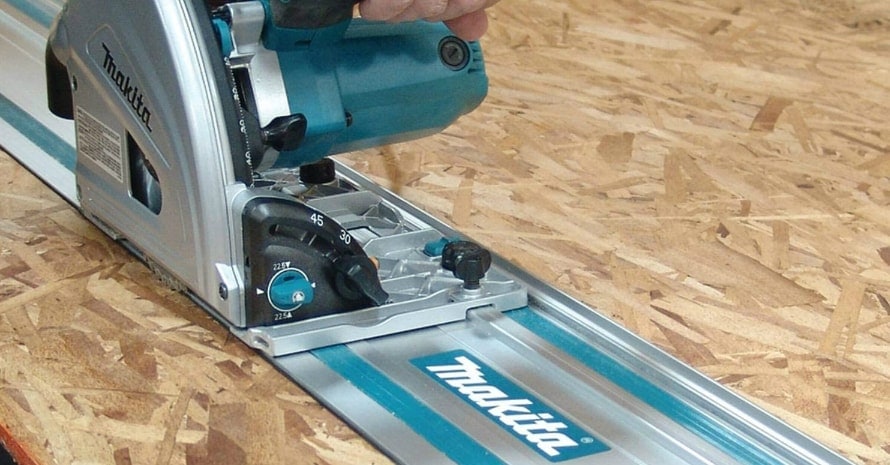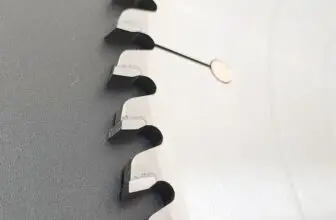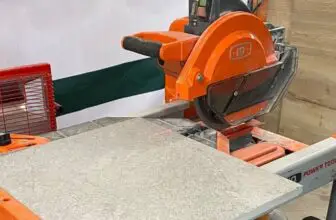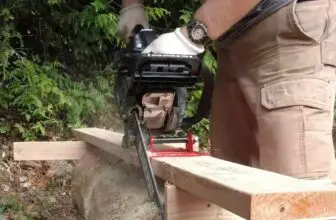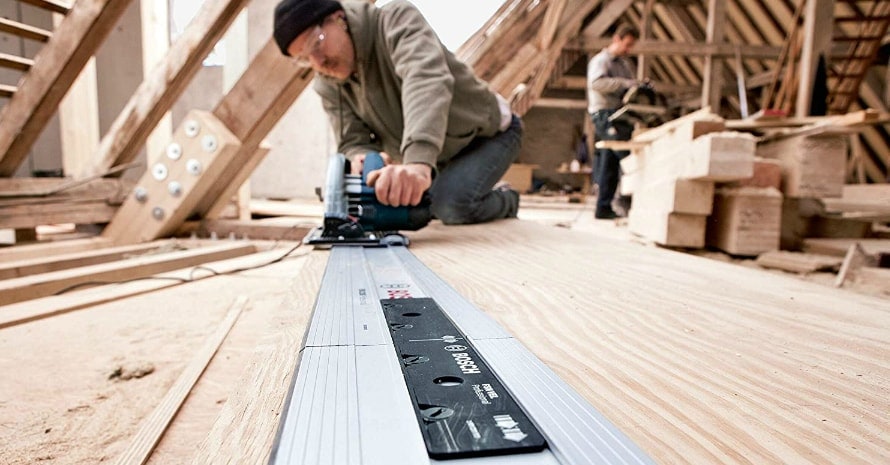
A saw is one of the oldest tools mankind has been using, but in the last few decades, saws have been heavily modernized to bring more comfort. The ones I review are rather a new version of table circular saws. They are a new type of tool but popular enough to deserve research about the growing market.
What is a track saw used for? Like any saw, it’s made for cutting wood and other cuttable materials. But, unlike hand or table circular saws, the track type allows for more mobility. For example, if you cut a large wooden plank, you cannot move it along the table where the table saw is installed. With this portable tool, it’s way easier.
What Is a Track Saw Used For?
Contents
If you’re new to woodworking, the pros recommend you first get proper tools for measuring and then for cutting. This sort of tool (as a kit) combines the pros of both. If you decided you need a track saw, you probably work with wood a lot. It is usually considered a cabinet tool, great for finer work than what requires a table one. With its fine blade, you can follow the line, and adjust the depth of the cut, the speed, and the protection to prevent cutting deeper than necessary.
What is a track saw used for?
It is a great tool for fine, precise cutting of thick (but not extremely thick) planks. If you need more precision than a regular hand saw provides, this is a great tool. It is also great for plunge cuts: what is a plunge cut without precision tools but just a hole in the wood? With this tool, you can make a hole inside a plank without a drill for primary holes.
How does a track saw work?
Its circular blade is similar to a table saw. But, unlike using a table saw, you move the tool through the wood, not the wood above the saw. If you purchase a kit with rails (that’s the reason why these tools are also called rail saws), you can do your cutting faster and with more precision.
Advantages and disadvantages of a track saw
The main advantage of a track saw system is its mobility. You can move it along the line to make a cut with more comfort than a hand or a table saw. Most models have an onboard battery, so you don’t have to keep them wired to work. If you wish, though, you can plug it as well.
Another great pro is compatibility with accessories and external devices. For example, you can use a special track to make your cutline more precise. If you connect a vacuum to it, you can remove dust as it appears, keeping your workspace clean.
Making a plunge cut track saw technique is way easier to master and to apply. It’s almost impossible to make a decent plunge cut with a table saw and way harder (yet possible) with a hand one. That’s why sometimes this tool is even called a plunge saw or a plunge cut saw.
Where this type of tool falls short is cutting really thick wood. No matter if it’s processed planks or raw logs, a regular table circular saw will do better work. If there are issues with power, a regular hand one is a better choice. It is also when you just need a cut or two.
FAQ
If you express interest in saws, it may mean you’re a maniac. But it may as well mean you’re a woodworking fan. Here are some questions from those who were not afraid to ask.
What materials can I cut with a track saw?
First of all, it’s designed for cutting wood. Still, you can as well handle MDF, melamine, plywood, and so on.
What is better: a table saw or a track saw?
A table saw is better if you need to do a lot of rough work, like just cutting logs in pieces. For fine works, using a track saw makes more sense due to its adjustability and mobility.
Do I need a table saw if I already have a track one?
Usually, people own a table saw and then consider buying a track one. If you had gone the other way, you would have been able to do most of the work with your track saw (if adjusted properly). However, if you have to process really thick logs and planks, a table saw with a large blade will do the work better.
Do You Need One?
So, if you work with wood or plywood a lot, a plunge cut saw is the tool you may lack. Track saws are made by popular tool makers like Makita, Dewalt, Bosch, Kreg, and others. They all comply with safety guidelines; otherwise, keep in mind the rule of fives. Think before you buy: will you need just a saw or the entire kit with rails and other accessories?
Have you ever used this sort of tool? Which results did you get? Was it better than a table saw? What models and brands would you recommend? Share your opinion in the comments: we need it!

